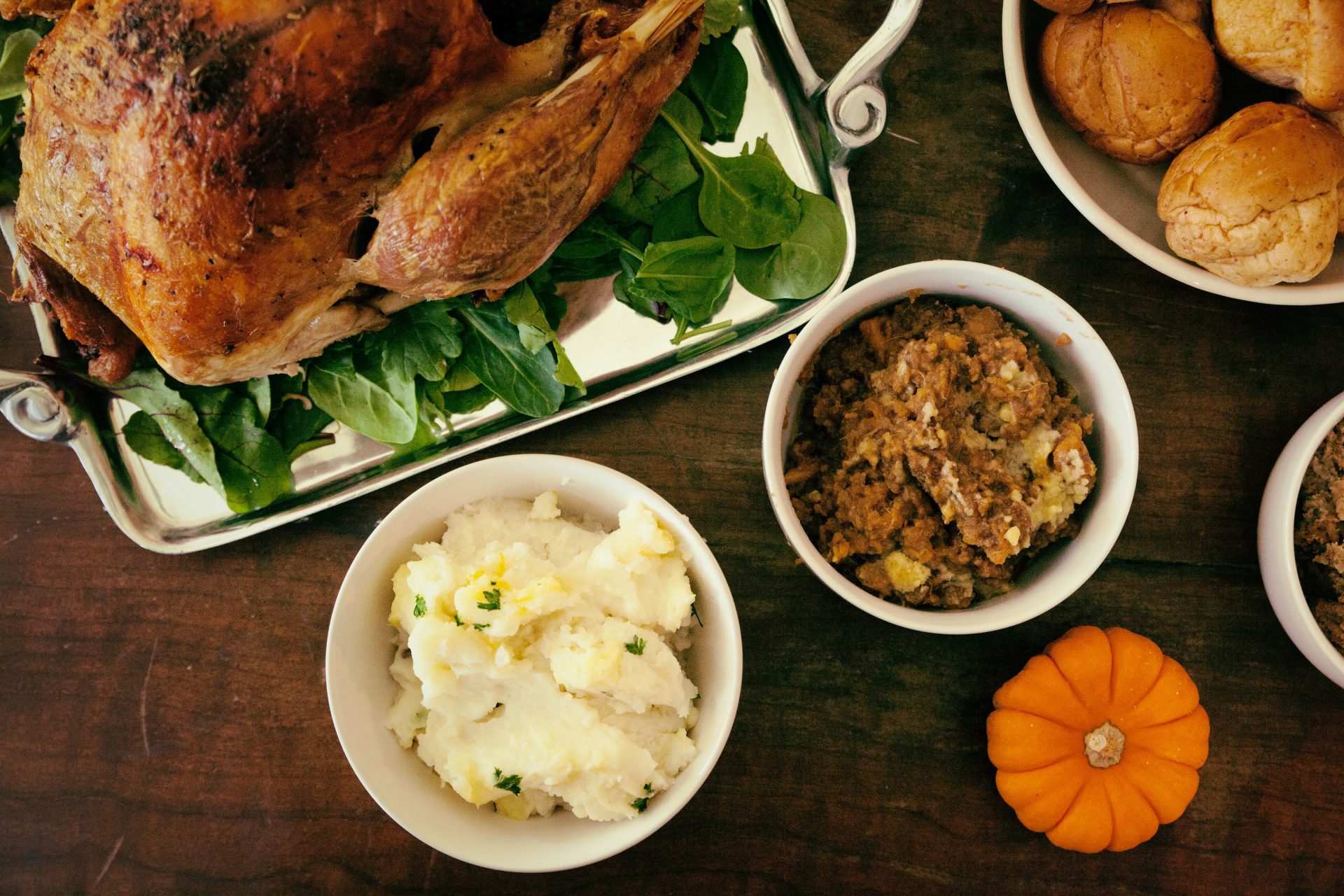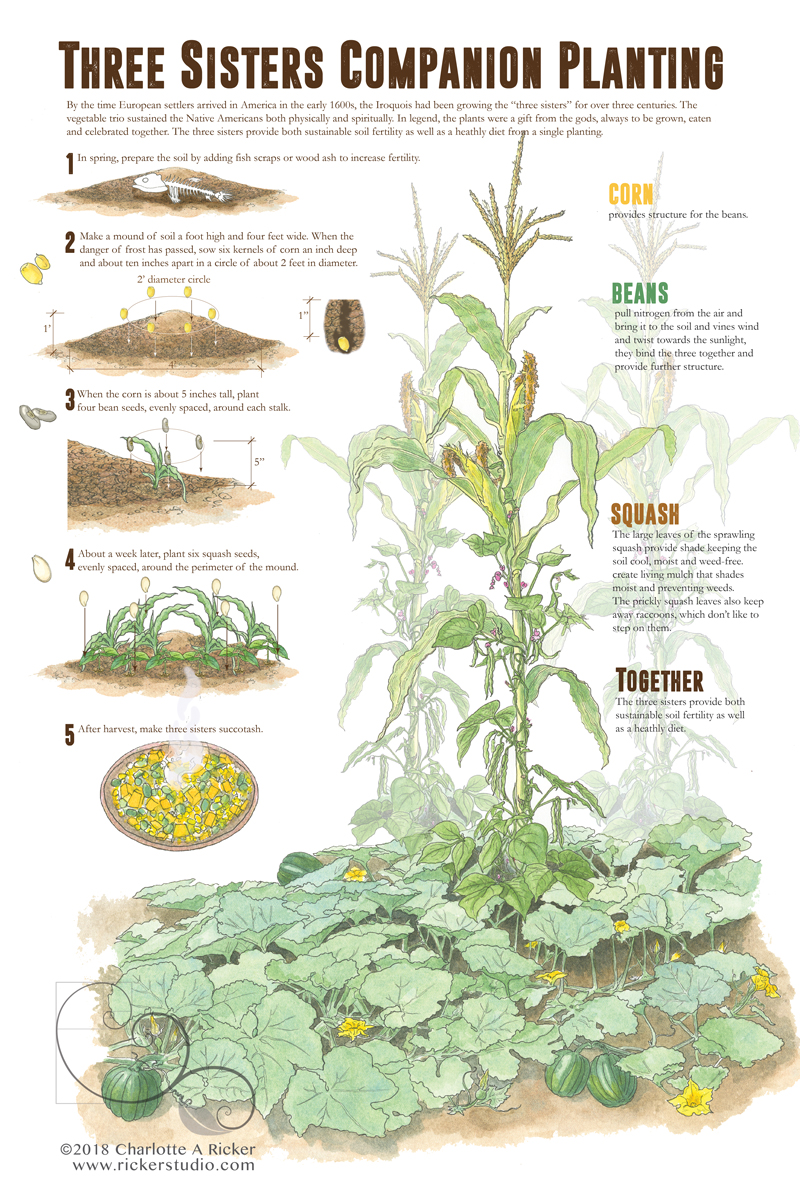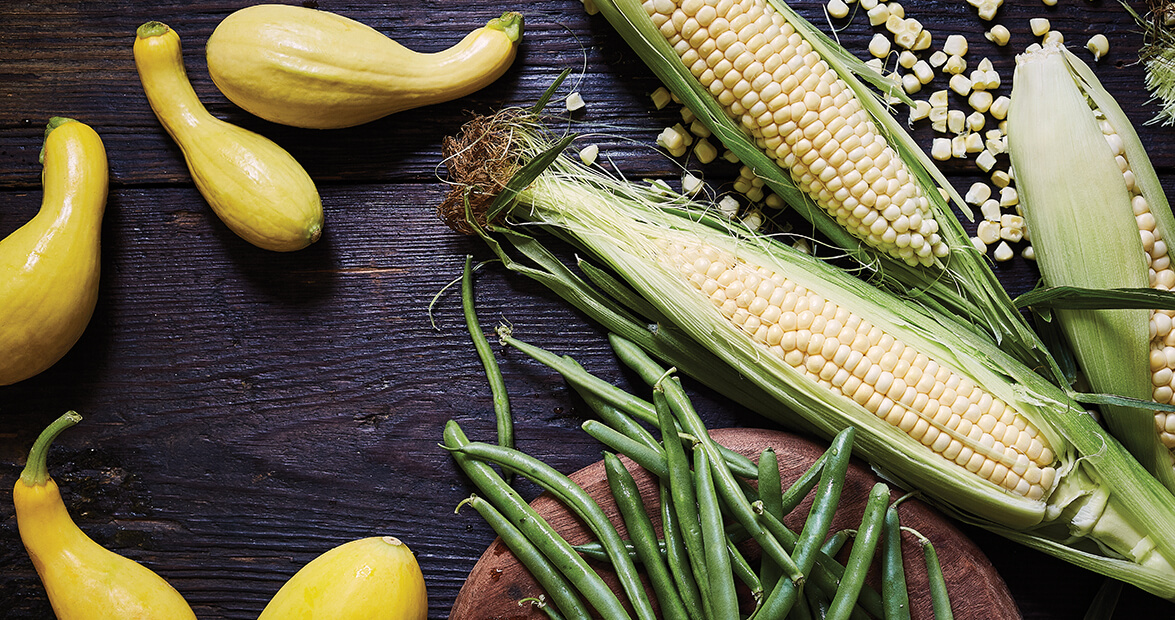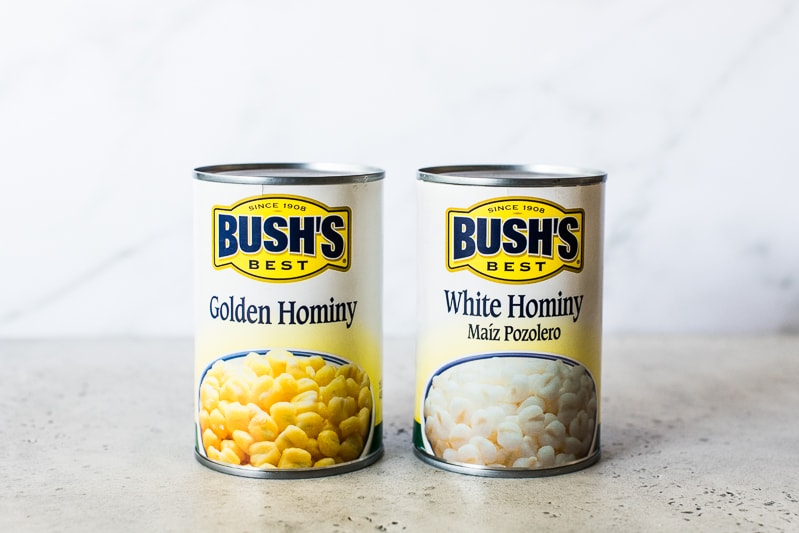#TWKatHome Activities
Thanksgiving Time Travel
Welcome to TWKatHome, our fun, free online content that helps kids and families explore food and build positive, healthy eating habits. As we shift into fall and winter, we are changing our focus to Food Happenings, connecting food to current events. In the coming months, we will be exploring how food can help create a better understanding of the events around us.

In this week of Food Happenings we are looking forward to Thanksgiving and the upcoming holiday season. We have lots of learning to do and an interesting historical recipe to follow!
TasteWise Kids - are you hungry for some learning?
Did you do a TWKatHome activity? Share what you learned or created from the activity on our social media! We’d also love to hear your ideas for what other content you’d like to see from TWKatHome. Share with us on Facebook (@TasteWiseKids) or Instagram (@tastewise_kids) and use the hashtags #TWKatHome and #myTWKsalad, or email info@tastewisekids.org.
Let's Explore Thanksgiving
As we approach the holidays we begin to think about how we celebrate this year will be different from years past. The holiday season is full of many great traditions around food, and we don’t see those going anywhere! But one thing that might look different this year is travel.
With travel restrictions and concerns for safety, many families are considering the holidays without plane rides and cross-state road trips. So this week, we’re going to be doing a different kind of travel: time travel!
Let’s leave behind 2020 for a short while and travel back in time to the 18th century to find out more about the historical foods of America and how sharing meals has become so important to our celebrations.
First, let’s learn about some amazing foods that are native to America.
Did you know turkeys originate from America? Chocolate is a native American crop as well. Can you imagine living without hot cocoa during this time of year?! Peppers, tomatoes and peanuts were all also native crops to the Americas.
There are three native vegetables that are very important to the history of American food and farming. They are called the Three Sisters. The three sisters are not actually related, but are instead an ancient technique of what we now call companion planting.
Native Americans grew corn, beans and squash in the same garden together because they helped each other grow. The vines of bean plants could climb up the tall corn plants like a pole. In turn, the beans strengthened the corn plants against wind and helped provide nitrogen to the other two sisters. Meanwhile squash plants grow large leaves that cover the soil, keeping it cool, moist and weed-free!
Not only were they great growing partners, the Three Sisters helped form a balanced diet with carbohydrates, protein, vitamins and minerals.
When European settlers arrived in America in the early 1600s, and by the time the first Thanksgiving was celebrated, the Iroquois had been growing the Three Sisters for over 3 centuries!
In 1621 when the first pilgrims from the Mayflower were struggling to survive on the American coast, Native Americans taught the English settlers how to grow one of these three sisters: corn. The original Thanksgiving took place to celebrate the success of the Pilgrims’ first crop of corn.
The Wampanoag and the Pilgrims gathered together for a three-day festival of food and entertainment. Their menu looked very different from the foods we eat at Thanksgiving now, but they gathered to rejoice over the abundance of the Earth and their alliance together.

Want to Make Your Own Thanksgiving Story?
Find below an ad-lib activity to help you write your own silly, food-filled Thanksgiving tale. As a bonus, we’re including a time-travelling recipe from Native American cuisine. The First Nations Development Institute brings us a perfect-for-fall soup recipe that uses all of the Three Sisters. Follow along at the bottom of the page to find out how to make this hearty, traditional dish.
Activity: Thanksgiving Ad-Lib
Everyone celebrates Thanksgiving differently, this year especially. Fill in the blanks to create a story about the upcoming holiday that is special to you. Adapt this activity however best suits your family and have fun!
Follow the instructions below and use this printable version to write your own Thanksgiving story.
Don’t forget to share with us!
We would love to see how your story turned out, send us your silly tale on Facebook (@TasteWiseKids) or Instagram (@tastewise_kids)! You can also email us at info@tastewisekids.org.
Instructions:
Step 1
Start by choosing words to fill in each of the blanks on the first page of the activity. It can be any word you like as long as it fits into the category next to it. If you need help understanding parts of speech, ask an adult to write the story with you.
Step 2
Once you have filled in all the blanks, use the numbers to match each word you chose to the blank spot in the story on the second page. When you're finished writing all the words in the story, read it out loud! This is a great activity to do with friends. Have one person ask the other to provide a word for each blank. Read the story back to them at the end for a good laugh.
Did you like this activity? You can play it again by choosing different words or finding another friend to read it with.


How Do I Use the Three Sisters?
There are lots of ways to prepare these versatile vegetables to make a delicious and healthy dish. We're going to be looking at a recipe developed by Donna LaChapelle and Patricia Chandler from the First Nations Development Institute to see how these ingredients might have been prepared traditionally.
Follow below for the ingredients and instructions on how to prepare Three Sisters Soup for your Thanksgiving table (or any day!)
Ingredients:
- 3 tablespoons butter
- 4 cups chicken or vegetable stock
- 1 cup onion, diced
- 1 clove garlic, minced
- 1 butternut or acorn squash, pre-baked and pureed
- 1 teaspoon curry powder
- ½ teaspoon salt
- ½ cup yellow corn kernels
- ¼ teaspoon ground coriander
- ½ cup hominy, cooked
- 1 cup white beans, cooked
- 1⁄8 teaspoon crushed red pepper
Directions:
- Melt butter in a large saucepan over medium-high heat.
- Add onion and garlic, cook for 3 to 5 minutes or until tender.
- Stir in spices, cook for 1 minute.
- Add stock, corn, hominy, and beans, and bring to a boil.
- Reduce heat to low and cook, stirring occasionally, for 15-20 minutes to develop flavors.
- Stir in pureed squash, cook for 5 minutes or until heated through.
- Serve warm with chives and plain yogurt as a garnish.
What's Hominy?!
Hominy is made from dried corn kernels that are treated with an alkali in a process called nixtamalization. This process is an ancient one, used by the Maya to soften the corn and and help separate the hulls from the kernels.
You can find Hominy in your grocery store, usually in the canned vegetables, Hispanic or International food isles. Major brands like Bush's and Goya carry it, as well as lesser known brands.

